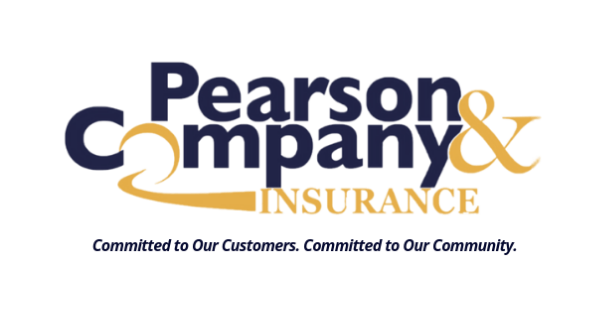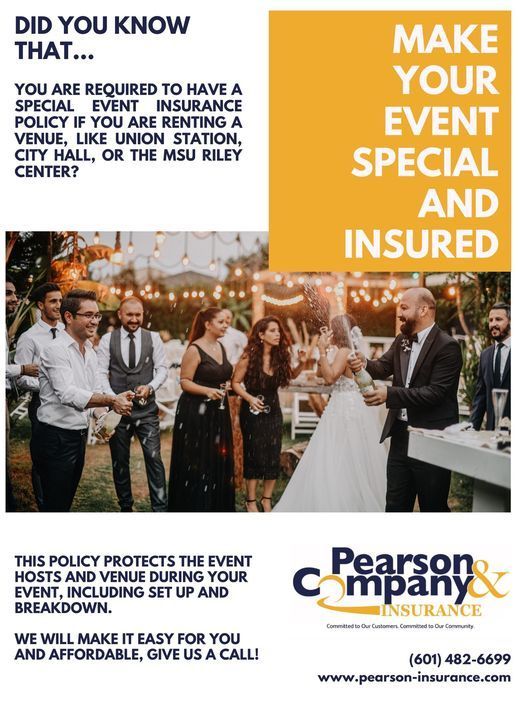The Sister Of Uninsured Motorists Coverage — UNDER-insured Motorists Coverage
Did you miss Part 1 of our Uninsured Motorists Blog? Catch up here.
Stats show that at least 1 in 7 drivers in Meridian, MS don't have insurance. Do those other 6 drivers have ENOUGH insurance though? UIM coverage helps pay for any differences in expenses and losses that you incur if the person who is at fault doesn’t carry enough insurance to pay for the damages. If your loss, damages, medical bills, or other expenses cannot be covered by the other person due to an insufficient amount of coverage, UIM coverage will kick in once your expenses have exceeded their limits.
For example, let’s say you’re in a not-at-fault accident and have a great insurance policy with comprehensive, collision, and bodily injury liability at $300K and property damage liability coverage of $100K. You’ve matched your UM/UIM coverage limits to your liability limits — $300K in UMBI and $100K in UMPD. Another driver runs a red light, crashes into you, and your brand new BMW is totaled — an $80K loss. You’re injured and accrue $100K in medical bills. Of course, the other driver is completely at fault, but the problem is that he only carries $25K in bodily injury liability and $50K in property damage coverage. Obviously $25K isn’t enough to pay for your damages, but since you matched your UM/UIM limits to your liability limits, your insurance will make up for what the other driver lacked and cover the difference. Your UMPD would pay the $55K you need to replace your vehicle and your UMBI would pay the $75K difference for your medical bills.
Another plus in that situation is that once you’ve reported the accident to your insurer and they’ve discovered the driver has insufficient coverage, your insurer would pay the difference immediately and then go after the driver to get paid back, known as subrogation. The other driver doesn’t get out of the financial responsibility, but it saves you the time of having to take the other driver to court, which is often a waste of time anyways. Insurers have deeper pockets and can absorb the risk of not being paid back quickly; that’s why you have insurance — so you don’t have to absorb a huge financial loss on your own. Since your insurer paid for your losses, you wouldn’t have to put your life on hold waiting for compensation.
Two Different Types of UM Coverage & What It Means for You
UM and UIM coverage are comparable to your policy’s liability limits, which would pay for the other party’s medical bills and property damage if you were at fault in an accident. These two are broken up between bodily injury coverage (UMBI) and property damage coverage (UMPD). Check with your state to find out if both options are available to you and also what the state requires. For example, you may only have UMBI coverage, which would pay only for your medical expenses and not for any property damage.
Some states only offer and/or require UMBI. This doesn’t mean your policy wouldn’t pay to replace or repair your property if it’s damaged by an uninsured or underinsured motorist. Instead, some states simply place uninsured property damage coverage under your policy’s collision coverage. It’s important to remember that collision coverage is part of physical damage coverage — what most people know as “full coverage.” If you live in one of these states and don’t carry collision coverage, your policy wouldn’t pay for damage to your property caused by an uninsured or underinsured driver. If you live in a state that does this and you don’t carry collision coverage, don’t rush to add it just so you have UMPD — the reason you don’t carry collision coverage is probably because your car isn’t worth what you’d pay for full coverage. If you forgo collision coverage because your vehicle is only worth $1K and are prepared to absorb that loss on your own, it doesn’t matter who wrecks your car.
When you buy liability insurance, you’re buying coverage to pay for someone else’s medical bills or damaged property if you’re at-fault. If you carry liability limits of $500K, why would you underinsure yourself and only carry $25K? As a general rule, your UM/UIM coverage should be equal to your liability limits so you’re covered for just as much as you’ve chosen to insure someone else. According to the Insurance Research Council, one in seven drivers do not have any auto insurance. Next time you’re sitting at a stop light, look at the car in front of you, behind you, and to each side and try to figure out who doesn’t have insurance — one of them is the reason you need UM/UIM coverage.
Not sure what coverage you have- or what you should have? Call the experts at Pearson & Company Insurance for a full review of your auto insurance needs, 601-482-6699.

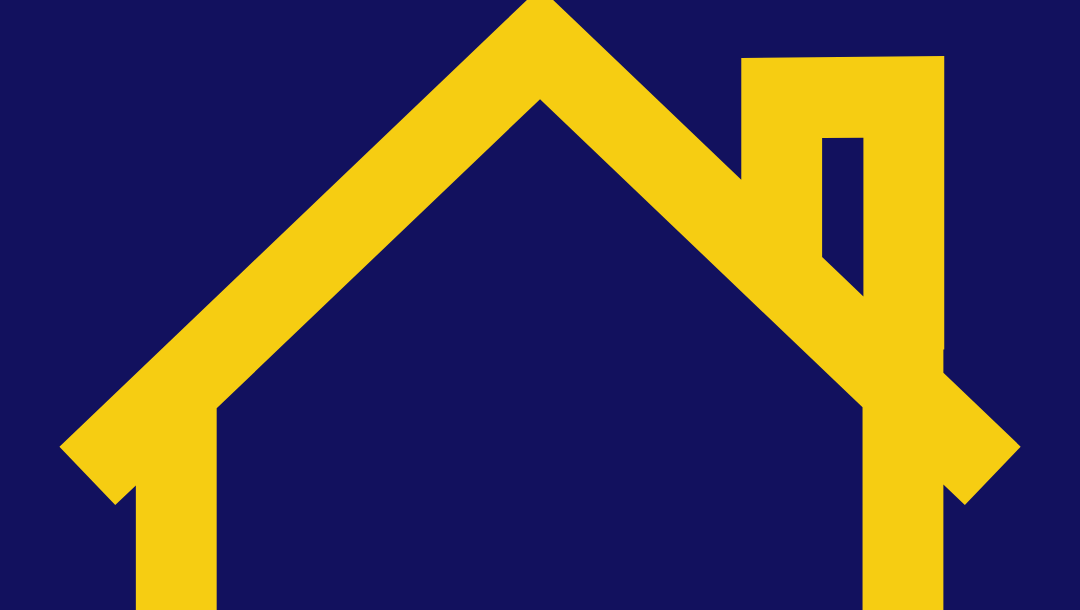

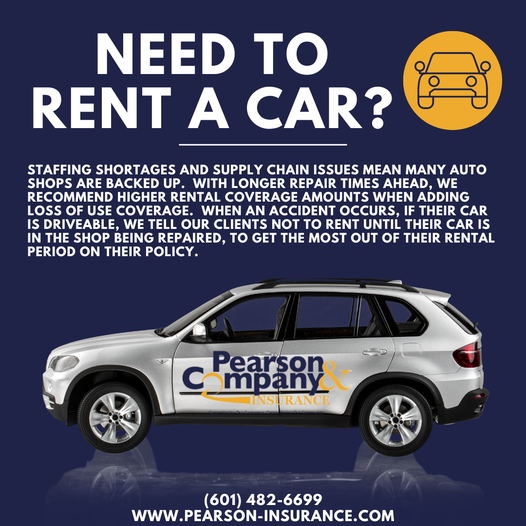
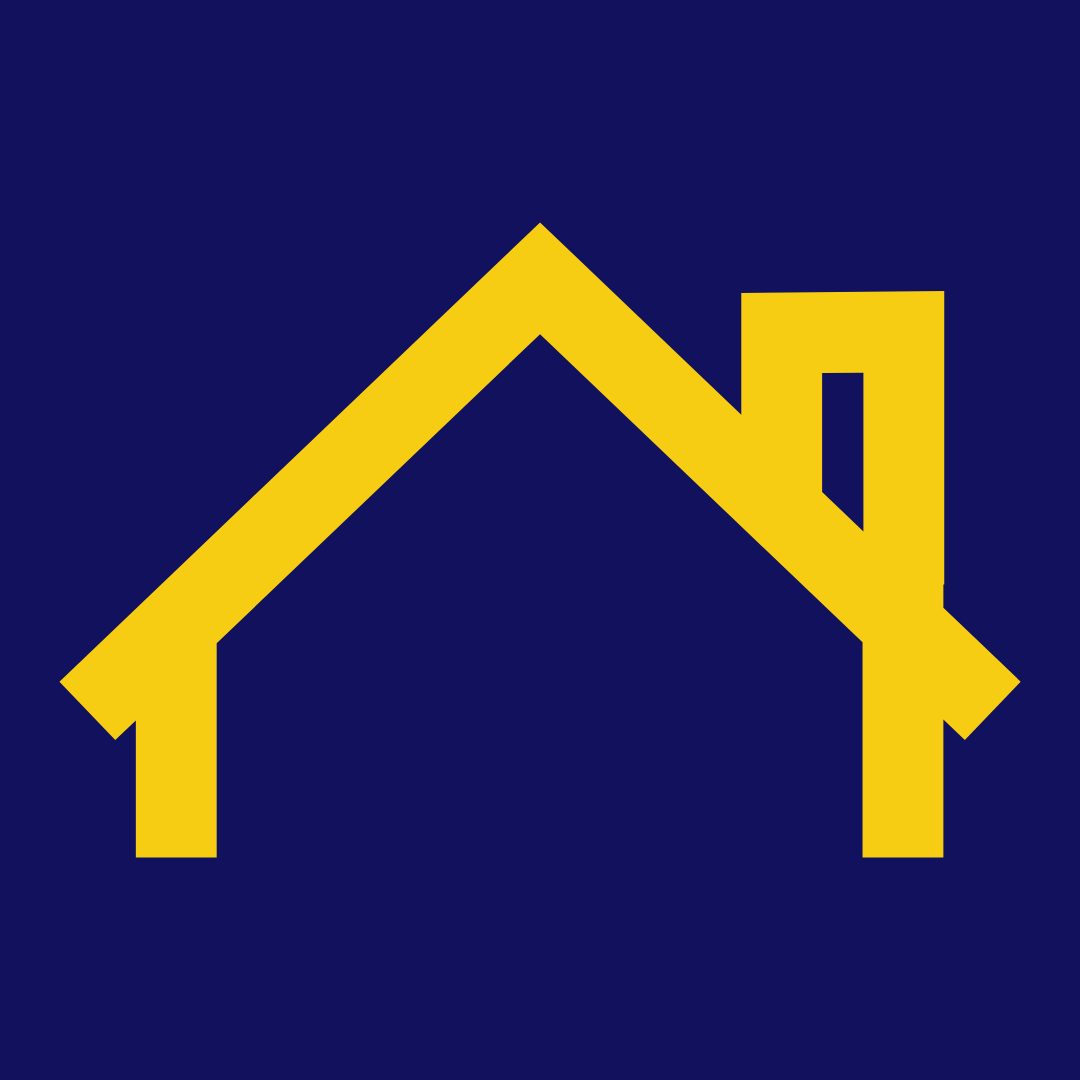
Contact Information
Business Hours
- Mon - Fri
- -
- Sat - Sun
- Closed
Quick Form
Contact Us
Thank you for contacting us.
We will get back to you as soon as possible.
Please try again later.
Contact Information
Business Hours
- Mon - Fri
- -
- Sat - Sun
- Closed
Contact Us
Contact Us
Thank you for contacting us.
We will get back to you as soon as possible.
Oops, there was an error sending your message.
Please try again later.
Browse Our Website
Contact Information
Business Hours
- Mon - Fri
- -
- Sat - Sun
- Closed
